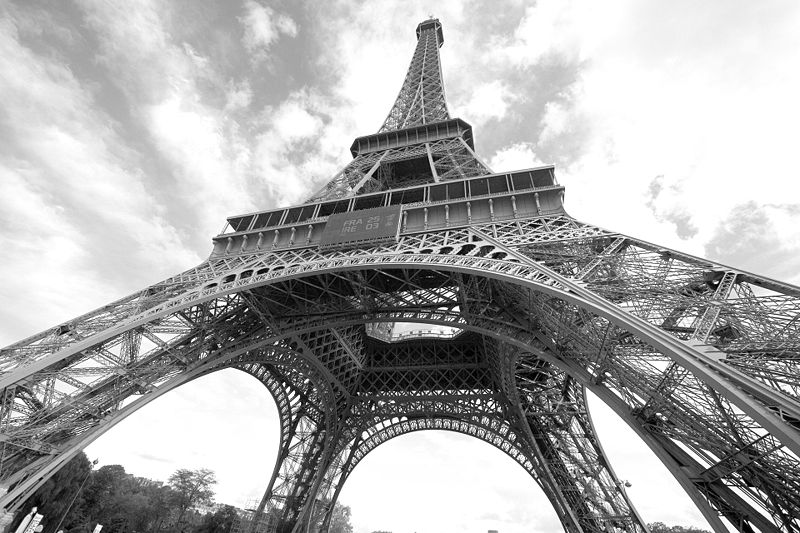 |
| Extreme long shot consists of a view so far from the subject that they aren't even able to be seen. This can also be referred to as an establishing shot because it is gernerally used to set up where something is by its surroundings. |
 |
| A long shot shows a scene much closer to the subject than an extreme long shot to stress the more immediate surroundings, but is still a good distance away. |
 |
| In a full shot, the subject (usually a person) fills up the frame with head in the top portion and the feet in the bottom. This allows us to focus on the person while still receiving information about their location. |
 |
| A medium shot shows the subject from roughly the waist/hips up, as the setting has already been established. This is typically used for common dialogue scenes. The mid shot is generally emotionally neutral. |
 |
| A close shot is when one part of the subject (usually face) fills up almost the whole frame. This shot can be very confusing for the audience if overused, because it is not good for establishing where they are or what is going on. The most common use is to show a character's emotion as a cutaway. |
 |
| An extreme close up is used for dramatic effect, and requires a good reason to be used. This shot goes closer than the eye would normally see, and typically consists of just one part of the face such as an eye or a mouth, without a background. |
 |
| A birds eye view angle is from directly above, putting the audience in a superior position to the subject that now looks small and sometimes unrecognizable. |
 |
| A high angle shot is less elevated than a bird's eye, but still gives the feel of the objects being smaller and less significant. These are good for establishing the setting, as the objects typically become part of it. |
 |
| A low angle shot is defined as anywhere below the eye-level and looking up. This angle makes the audince feel smaller than the subject, and is often used to make the subject look bigger and powerful. |
 |
| An eyelevel shot is exactly how it sounds - an angle in which the camera is in line with the subject's height so that he/she doesn't have to look up or down. |
So what are my favorite shots or angles? My favorites are low angles shots because they can change the whole mood by distorting the subject to a greater height, long shots because they are critical in establishing the settings and can give such valuable information, and the close shot because it shows close up details of the subject, often portraying emotions.










No comments:
Post a Comment